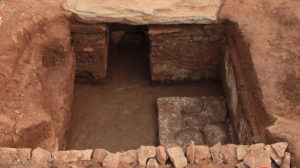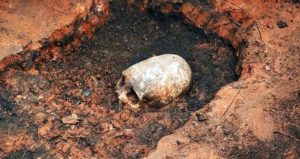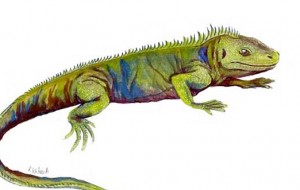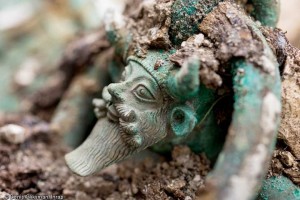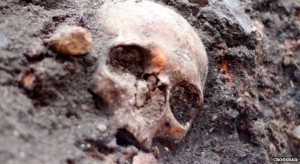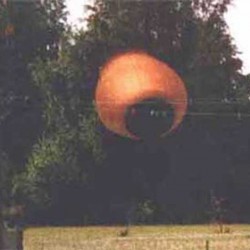[inspic=61,right,,thumb]Archaeologists uncover new tomb in Valley of the Kings
This is the first complete tomb to be opened in the Valley of the Kings (Luxor, Egypt) since the discovery of Tutankhamun in 1922.
The tomb was discovered approximately four metres below ground level and appears to contain five complete mummies in their sarcophagi. Other items included more than 20 large storage jars bearing Pharaonic seals.
The archaeologists have not been able to identify the mummies yet, but Egypt’s chief archaeologist Zahi Hawes said they “might be royals or nobles” moved from “original graves to protect them from grave robbers”.
The tomb, the 63rd discovered since explorers first started mapping the area more than 300 years ago, is thought to date from the 18th Pharaonic Dynasty, the first dynasty of the New Kingdom which ruled between 1539BC and 1292BC and made its capital in Thebes, now Luxor.
The Valley of the Kings was used for burials for around 500 years from 1540BC onwards. The site was not properly charted until the 18th century, when the early Egyptologists confirmed the presence of 47 tombs – although many artifacts were plundered. In 1922 Howard Carter found King Tut’s tomb, the first that was still largely intact.
Useful links:
The Theban Mapping Project


